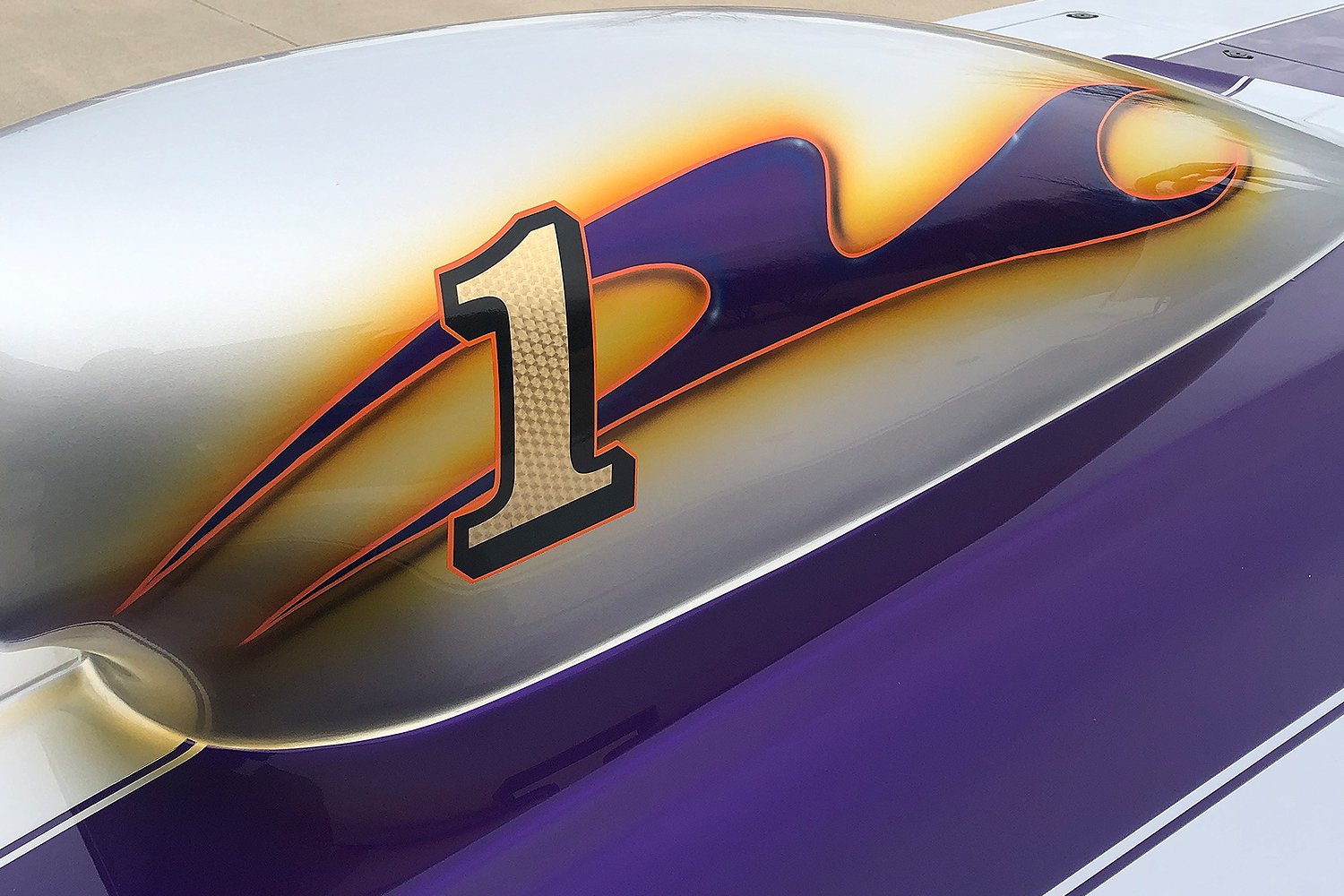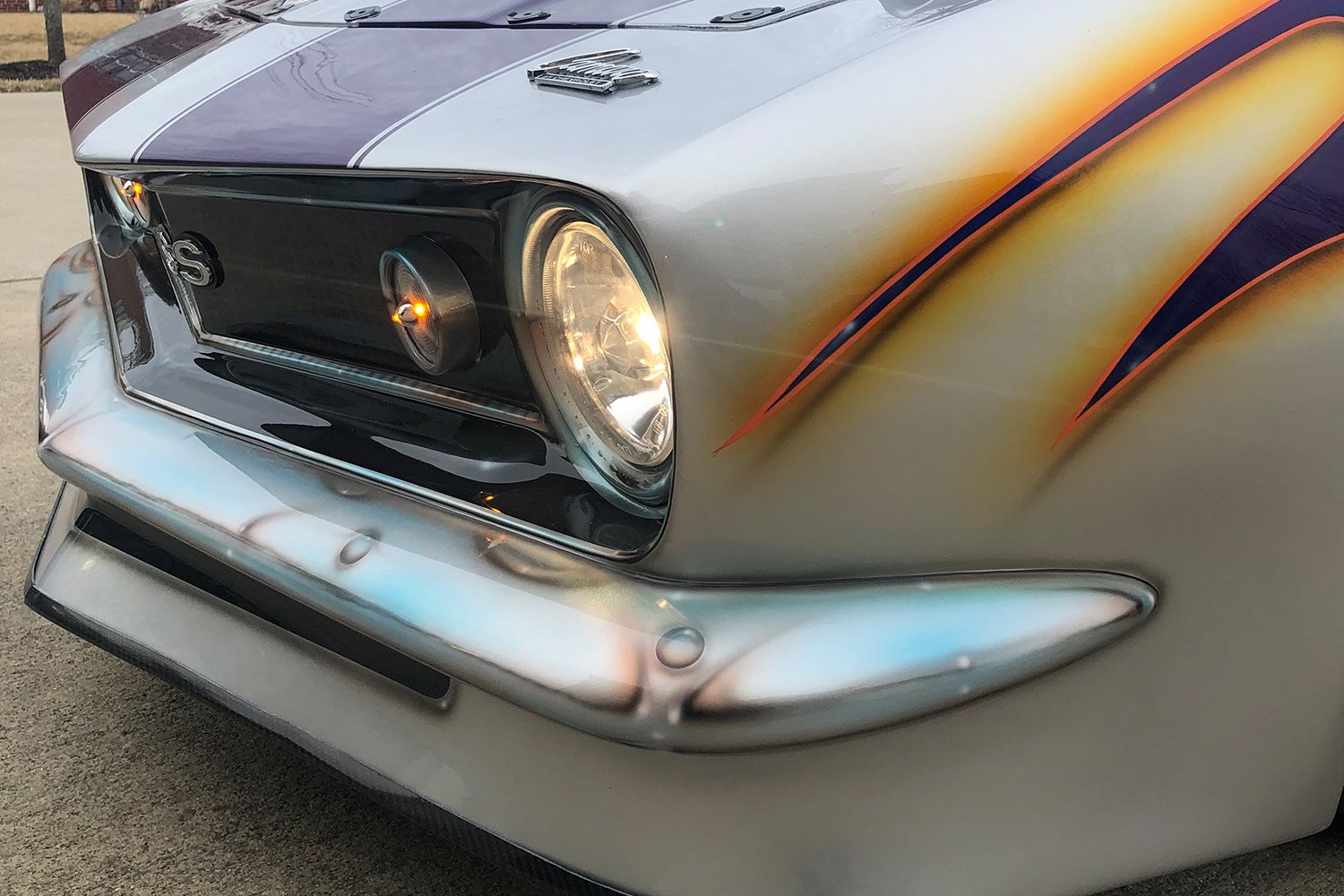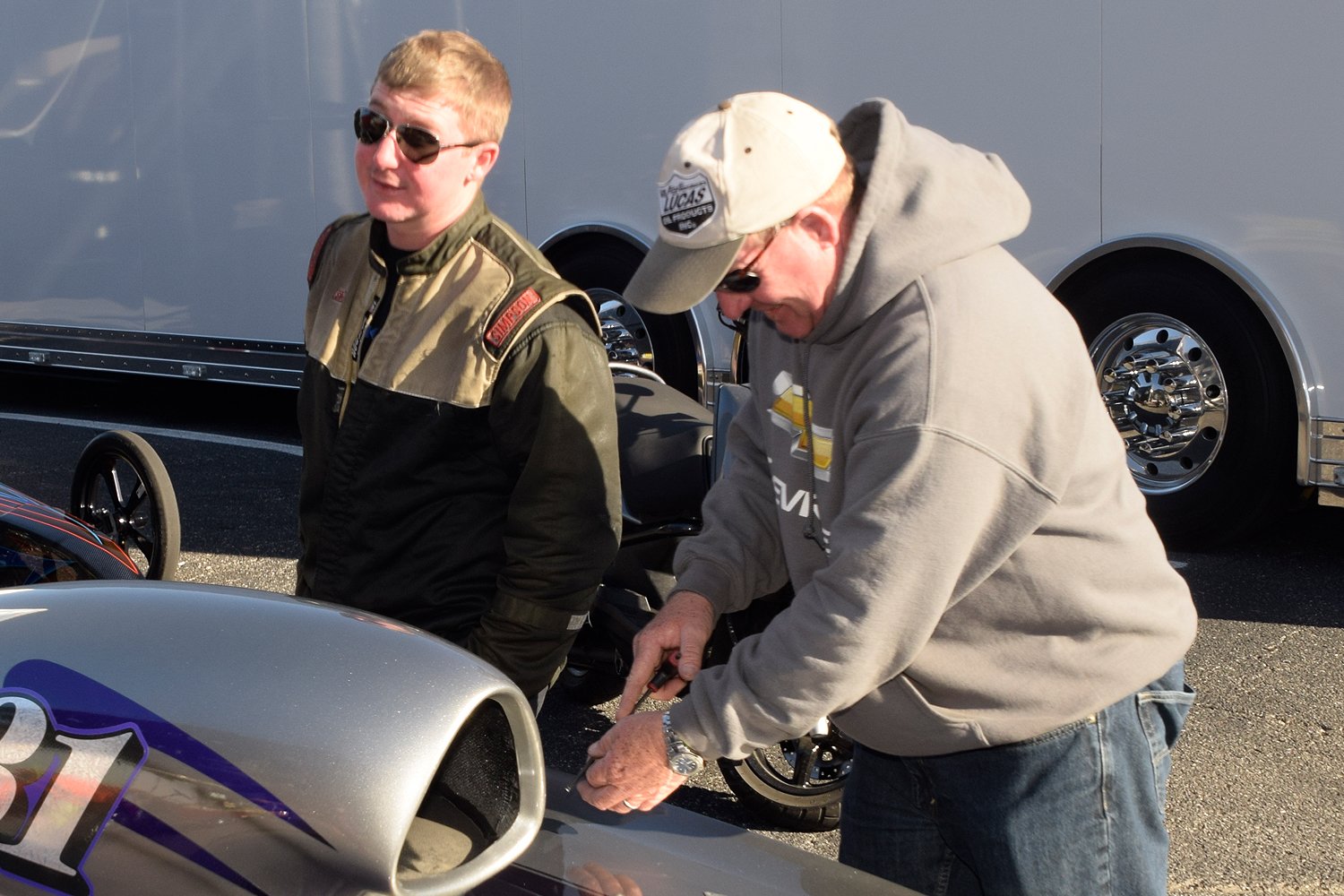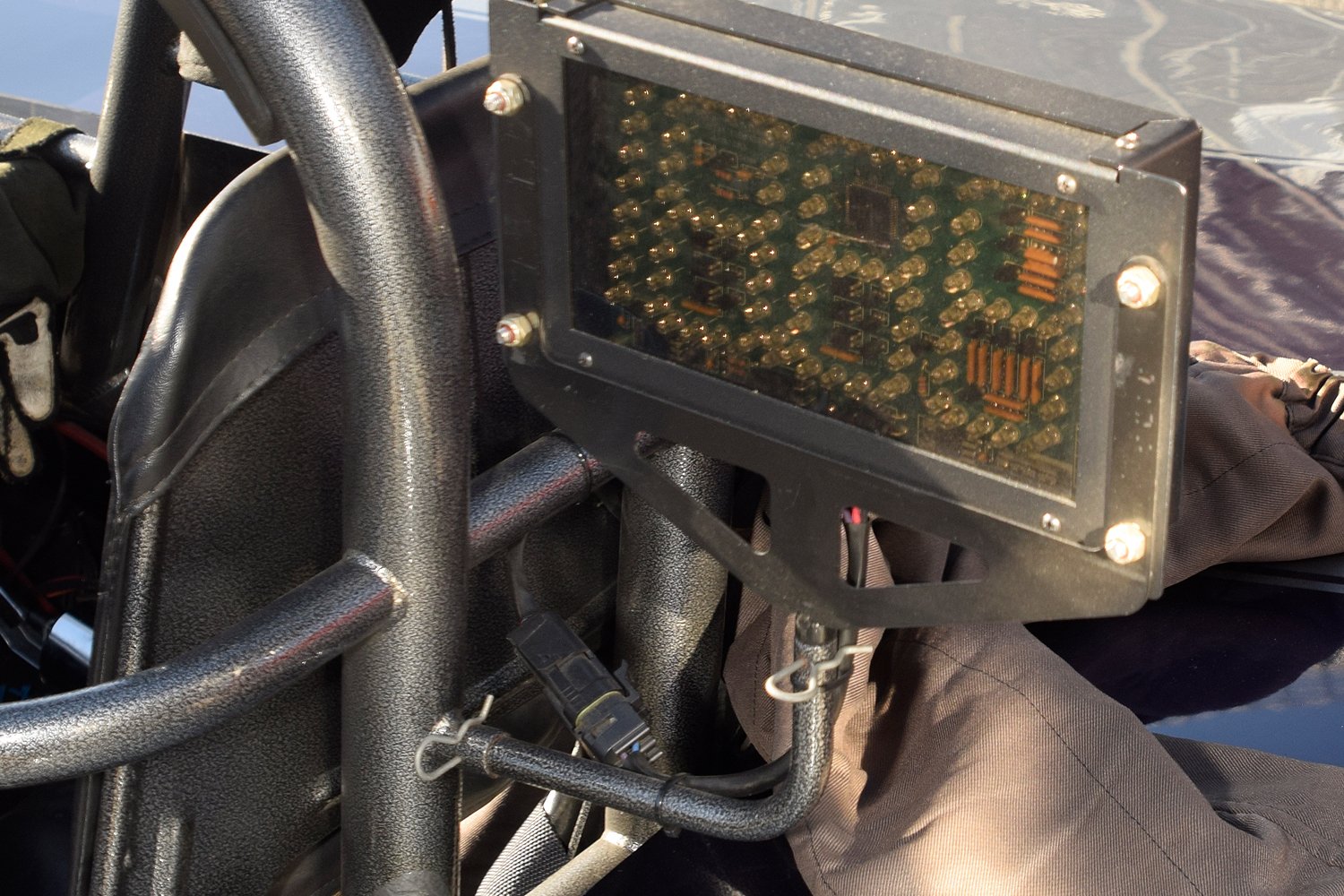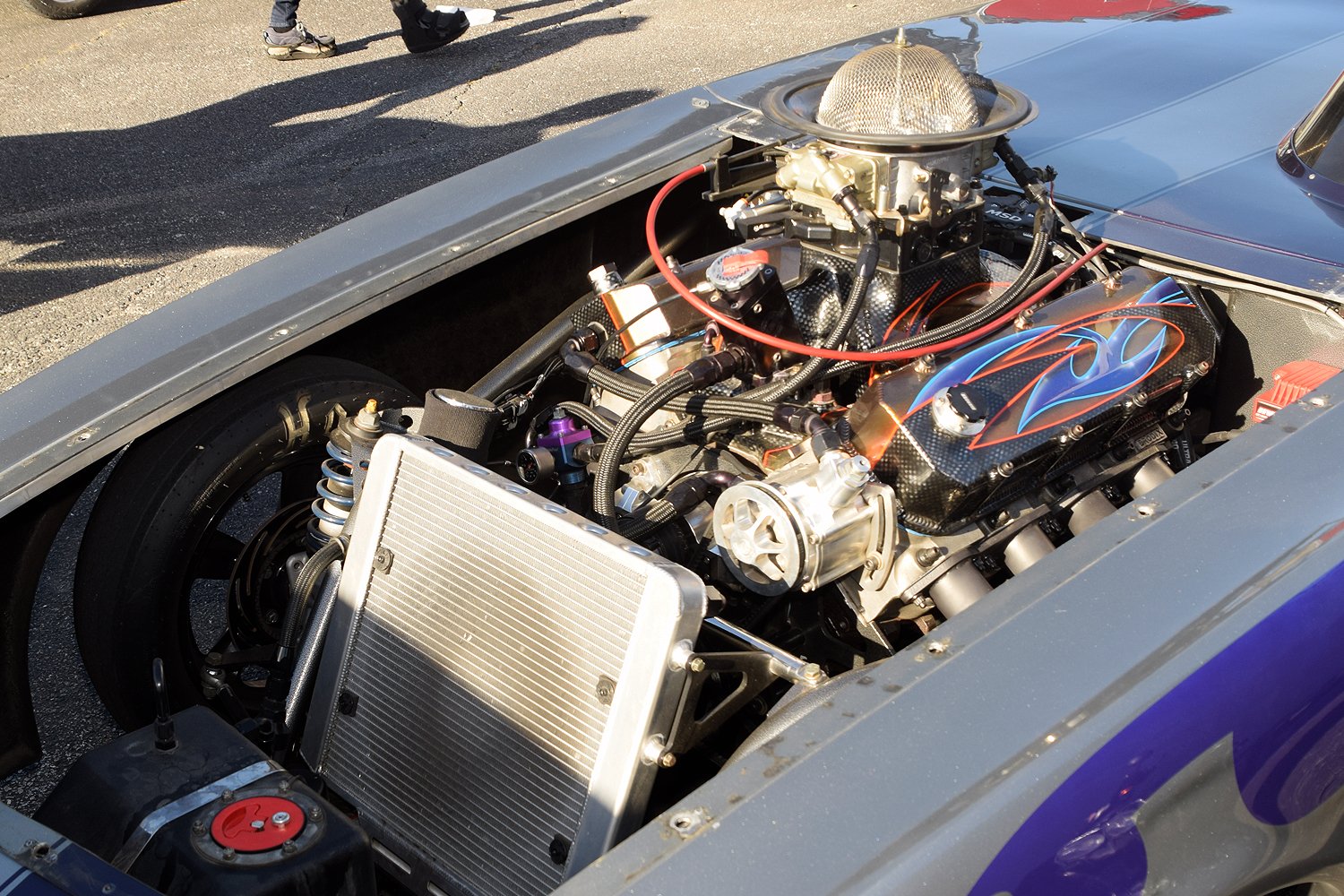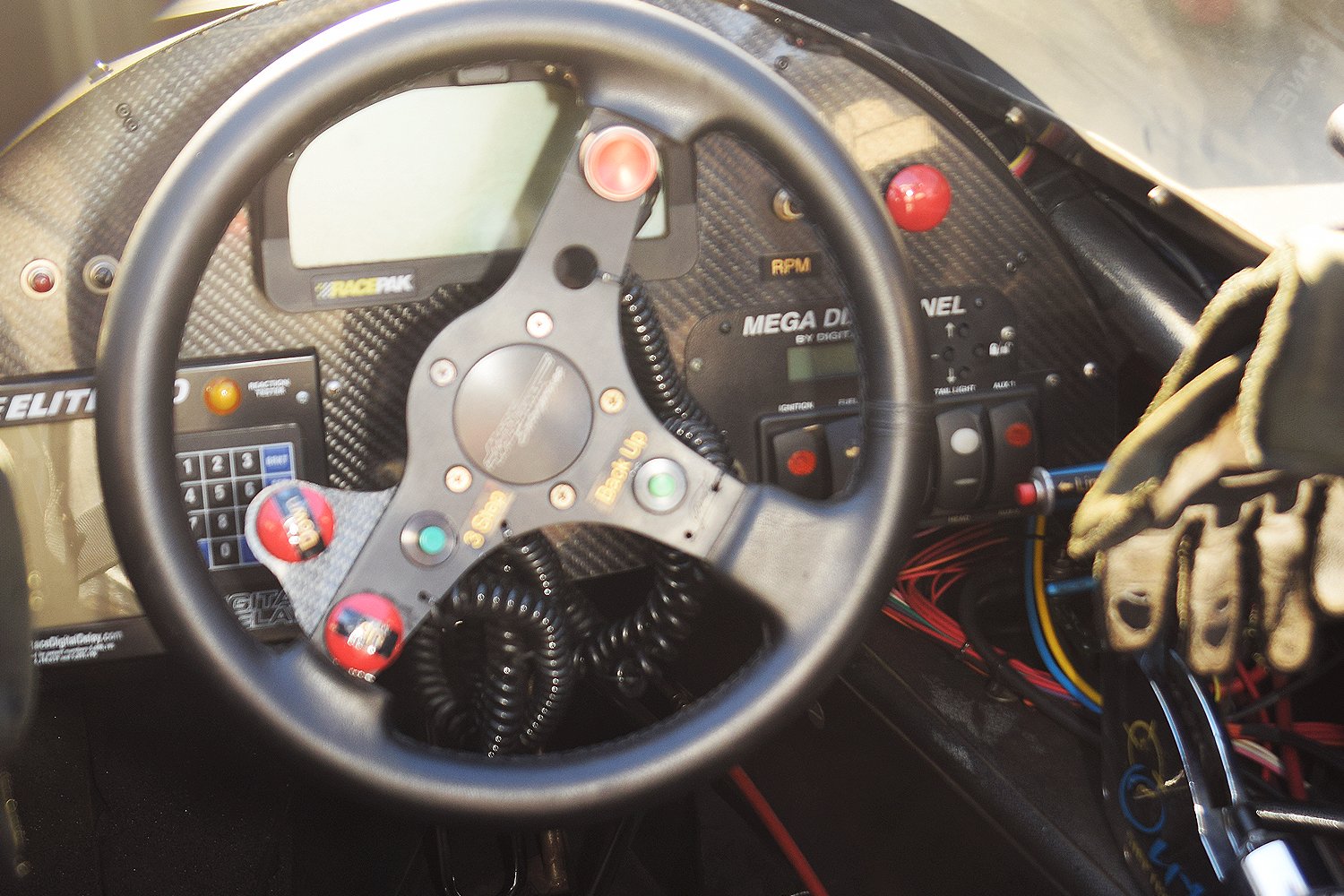Earning an NHRA world championship typically comes from an accumulation of years of hitting the christmas tree and racing the finish line stripe. For young Devin Isenhower, you may think that he is the exception at 21 years old. But, the Lebanon, Indiana Super Gas and Super Comp competitor already has approximately a decade of drag racing under his belt.

Roy and Michele Isenhower introduced Devin and his brother Nick to drag racing in junior dragsters where they learned the tricks of the trade until old enough to climb into a full-size race car. At the age of 18, Devin stepped into the family dragster and then the world championship roadster.
In his first season of bracket racing at central Indiana 1/8-mile tracks Devin was getting accustomed to driving the family’s big-block dragster. Very soon, he stepped into 8.90 index Super Comp racing in the dragster while dad was competing in NHRA Super Gas. A year later, Devin was racing both cars.
Devin has been racing full-size cars for four years now. “Two of them have been in the Super Gas roadster,” he says. “I started running the roadster at the end of 2016.”
His learning curve was steep and quick as he won the Division 3 Super Gas championship in 2017. In 2018, he bettered that finish with the national title.
Not only has the roadster undergone some horsepower increases for the 2019 season, the flam- job on the paintwork was also updated along with the coveted "#1" driver's number. The fiberglass body is also now fitted with functioning headlights and parking lights.
“We did a lot of division racing the first couple years,” Devin says. “We weren’t always focused on the national championship, though it has always been a goal. We did have some intentions to run the Jeg’s Super Quick Series too, but once we missed a couple of them due to competing at the Topeka, Kansas Lucas Oil Drag Racing Series doubleheader, we decided to switch gears and concentrate only on the national title.”
At first, Devin was more consistent at the divisional level than at the national events. “I wasn’t doing too well at the nationals at the beginning of the year,” he says. “My national scorecard was holding my points back a lot. Once I won the U.S. Nationals and added those points to my scorecard, it really helped boost my numbers. After that, I thought I had a really good chance.”
In Super Gas, you need to be .015 or better on the tree and capable to run 9.902 at the loosest. When we are bracket racing, you need to be even tighter than that.
His Camaro roadster has been a tried-and-true combination. “The roadster has been perfect for the past couple of years,” he says. “It’s always consistent, and we have been able to count on it to run well. We had been fighting some issues with the dragster, so we ended up switching to Stinnett carburetors on both cars. That has helped a lot on both, making them much more consistent for us. The U.S. Nationals is spread out over five days. I was making passes every single day with different weather conditions, the new carb was beyond consistent.”
Power for the Camaro comes from a 615 cubic-inch Chevrolet-based engine that utilizes Brodix 20-degree cylinder heads, a Brodix aluminum block, and a Stinnett carburetor. He gets 1150 horsepower from the powerplant transferred by a Coan Engineering Powerglide transmission. There is a 4.30:1 gear in the Ford 9-inch rear end built by Strange Engineering. The family Super Comp dragster sports a 632-inch big-block sporting 1,350 horses.
Devin says his dad loves racing, but he doesn’t love driving. "He would much rather have me and my brother race. He really enjoys working on the cars and tuning the throttle stop for the next round," Devin commented.
Tuning the cars is a team effort between Devin and father Roy. “We have the Crew Chief Pro weatherstation, so before every run, we go into the trailer and look at the numbers,” Devin says. “We do some predictions together and set the cars up from that. Dad and I make tuning decisions as a team.”
Strategically, Devin likes having a higher mile-per-hour car at the finish line. “Having the faster car is a big advantage in my personal opinion,” he says. “Though we are both competing on the 9.90 index, I personally like to chase down my competitor. It’s nice to have the speed; in certain situations, it can help you out.”
Additionally, he admits the starting line is huge. “That’s where a lot of the races are won and lost,” he continues. “And, I think throttle-stop racing is the most competitive form of NHRA contests. It’s not based on money like other classes. For example, we could run Top Dragster with the dragster we have, but I would rather run Super Comp. I like the index style of racing better.
“To be really competitive, you need to be .015 or better on the tree and drive the finish line well, too,” he adds. “That means taking the stripe by as little as possible or making the smart decision to let the other person take the finish line.”

Devin only has one year remaining before he completes two college degrees, one of which is in motorsports engineering. His brother, Nick has taken a break from racing as he starts his adult career; Devin may do the same when he graduates.
“When I bracket race 1/8-mile, I want to be .010-second above, so if my competitor wants to beat me, they need to be double-0 on the tree and run a dead-on pass,” Devin continues. “I follow that same kind of principle in my super-class racing. I try to make the other pilot need to run double-0 and dead-on. If they can do that, it’s a good race.”
He approaches every race the same way, but he sees the differences between nationals and divisional events. “I think the competitors at national events are typically faster,” Devin says. “In Super Comp, for example, I’m at about 180 mph. At a divisional, I would typically be the faster car 85- to 90-percent of the time. At a national event, it seems like everybody is going 180 mph and some are closer to 190 mph. It changes how you look at the race and how it’s going to pan out.”
The all-aluminum 615 Brodix engine underwent some upgrades for 2019 with the intent to gain approximately 10 more miles-per-hour at the finish line. High speed index racing has always been Devin’s strategy.
For now, Devin plans to stick with Super Comp and Super Gas for a couple more years. He takes that “double-up” attitude towards his education, as well. He’s currently attending Indiana University Purdue University at Indianapolis, where he is working toward two degrees: mechanical engineering and motorsports engineering. “I have one year left in school,” he comments. “Once I graduate, I don’t know how much time I will have to travel to races. It solely depends on the job I get out of school.”
If he gets to that point and his career won’t allow him the same degree of travel, he still plans to be at the track on weekends. “We’ll stick to Saturday and Sunday bracket racing for a time if needed,” Devin says. “I enjoy being with my family and friends at the track.”
Throttle-stop racing is in his blood and Devin sees Super Gas and Super Comp continuing to thrive. “People are building super fast motors these days,” he says. “It continues to get faster, and before you know it, everybody in Super Comp will be going 190 mph and in Super Gas, 175 mph. Some people don’t understand the throttle-stop game, but that’s what makes it so competitive. I mean, you can’t argue that point when there are 150 cars in a class.”

Devin says racing junior drag racing taught him a lot of what he knows about racing today. That decade of bracket, he says, accelerated his learning curve.
Where Devin’s life takes him following college is yet to be seen. He know he will ultimately come back to racing, but for now, the win at the 2018 NHRA U.S. Nationals will be his most cherished. Devin said, “Lots of my family, including grandparents, aunts and uncles were there at the event; even a bunch of my local hometown friends were at Indy.”
“Many of them could not understand why the 9.90 cars laid over right off of the starting line, Devin laughs.

